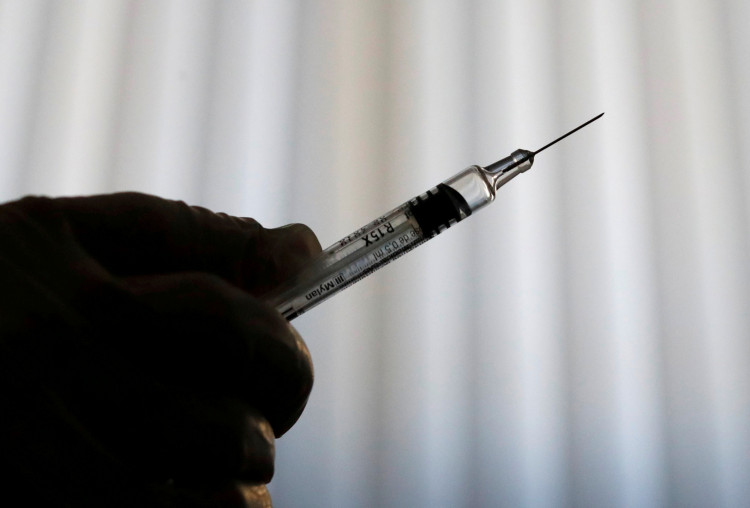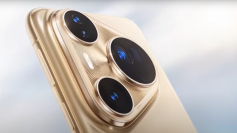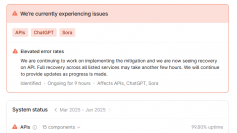On the frontlines of the COVID-19 pandemic, healthcare providers are tapping online platforms to communicate with patients in hopes of tracking the spread of the diseases. Telehealth is finally mainstream and it happened seemingly overnight.
The notion of seeing a doctor using your cellphone or computer isn't new at all, but telehealth took off widely in the wake of the coronavirus outbreak. In the US, a lot of health insurers offer the option of talking to a medical professional online as an alternative to going to an emergency room, but most people don't make use of it.
Things are changing -- healthcare facilities, hospitals, and doctors are encouraging patients to use technology, eliminating the chore of having to go out putting themselves at risk.
Telehealth or telemedicine in the age of coronavirus is designed to free up frontliners so they can attend to those infected with COVID-19. Not that those with unrelated ailments don't need immediate care, but because it's critical that doctors and other medical professionals help curb the spread of the virus and we can all finally resume our regular lives.
Here's what people should know about telehealth:
How does telehealth/telemedicine work?
People who don't feel well merely need to use their computer or phone to get proper medical advice if they need to get tested instead of showing up at a doctor's office or emergency room unannounced.
Those with serious ailments can also opt for a virtual checkup with their primary care doctor or specialist especially if the disease is contagious, that is if no tests are needed to be performed.
Can you get a prescription via telemedicine?
Doctors are allowed to send prescriptions directly to a pharmacy if a patient needs any medication. Some pharmacies also allow deliveries so patients or family members don't need to leave their homes.
Can telehealth providers treat COVID-19?
Doctors and healthcare practitioners can't diagnose if a patient is COVID-19 positive during a telemedicine consultation. What they're allowed to do is inform patients if they need to go to a hospital and offer quarantine and other self-care tips.
Other than telehealth, there are now apps that can help identify coronavirus symptoms. Some examples are HeyDoctor and Doctor on Demand, which offers free COVID-19 risk assessments. If the result of the assessment shows that a patient is high-risk, they are directed to a doctor via video or phone.
For more information about telehealth, check out this quick guide from the American Medical Association.






